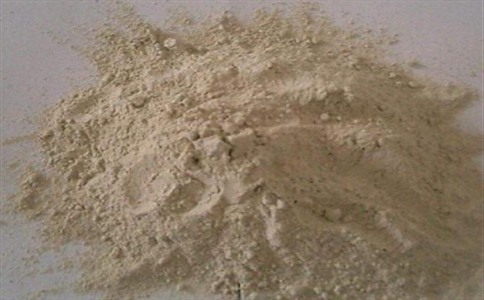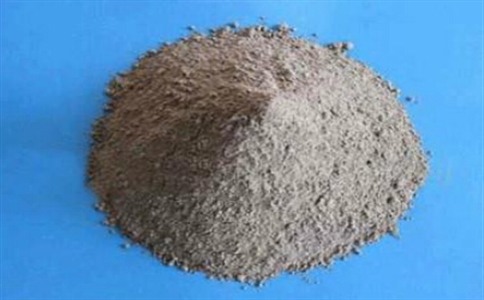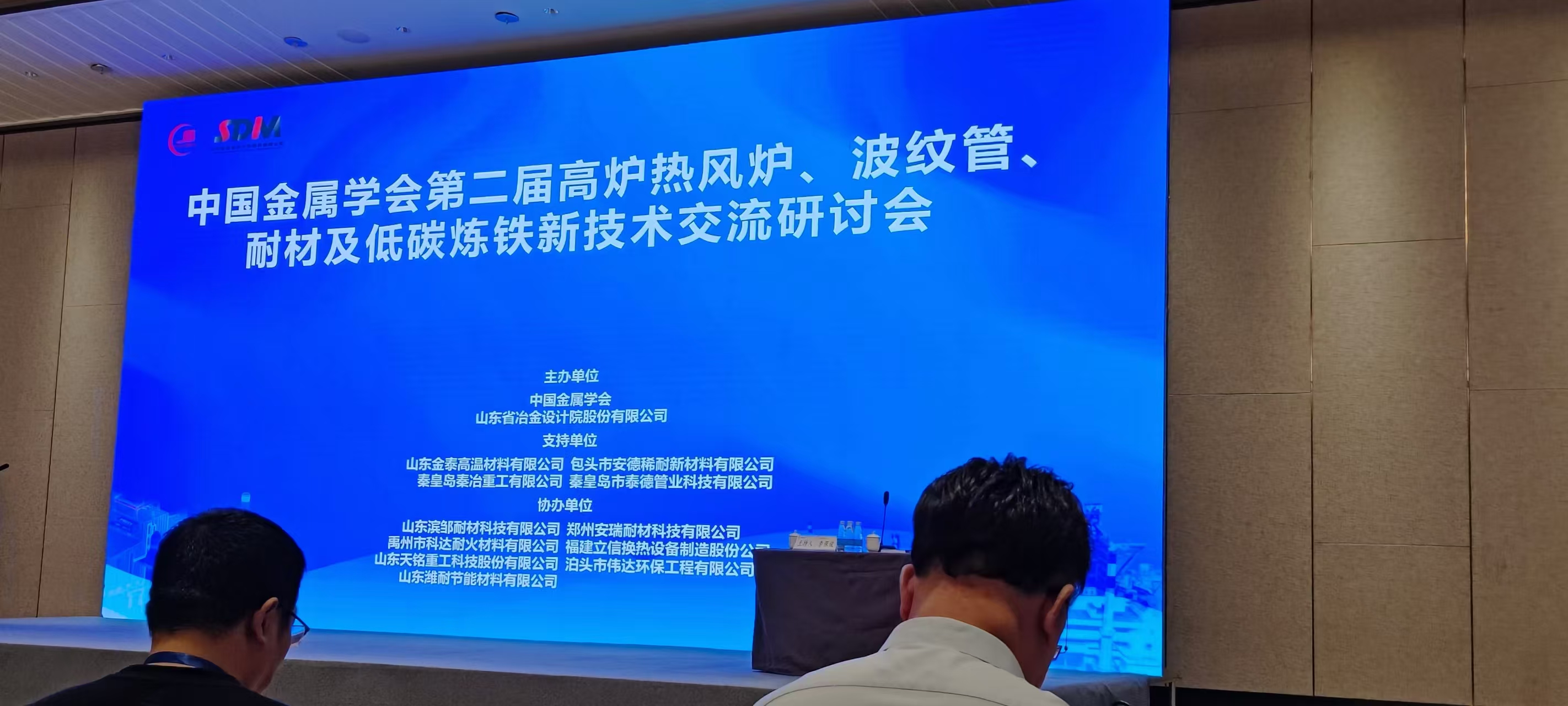The production technology and related knowledge of refractory castable are introduced
2020-07-25 14:19:24
Refractory castable in our daily life is more common, many places need to use refractory castable, it has a very good high temperature resistance, fire and other characteristics.
Do you know how refractory castables are produced?
What else do you know about refractory castables?
The following is an introduction to the production process and related knowledge of refractory castables.

[Preparation process of refractory castable]
Low cement refractory castable preparation process requirements are very strict, so there are more factors affecting the performance, mainly ultrafine powder, aluminate cement and additives.
Refractory aggregate and admixture etc.
Refractory aggregate and water consumption are also important factors.
(1) Ultrafine powder
The effect of ultramicro powder on low cement refractory castable, has been described from different angles in front, its conclusion is to determine the performance of low cement series refractory castable pillar, also can say without exaggeration, without ultramicro powder, there is no low cement series refractory castable.
In low cement refractory castable, ultrafine powder mainly plays the role of dispersion promoter and structure compacting agent.
The former makes cement particles highly dispersed without flocculation, while the latter fully fills the micropores of the structure and improves the strength.
The types of ultrafine powders include SiO2, A-Al2O3, Cr2O3, ZrO2 and MgO.
The specific surface area of SiO2 ultrafine powder is about 20m2/g, and its ergocytic content is about 1/100 of cement particles, so it has good dispersion and filling properties.
With the increase of SiO2 ultramicro powder dosage, the strength increases and the refractoriness decreases, and the appropriate dosage is ≥3%.
(2) Aluminate cement
There are many varieties of aluminate cement, different varieties, the performance of low cement refractory castable is also different.
For example, when the mixing ratio and process conditions are basically the same, the content of CA-50 cement and CA-70 cement are both 5%, and the compressive strength after drying at 800℃ and 1100℃ is 45Mpa, 51Mpa and 59Mpa respectively, while the latter are 65, 70 and 74Mpa respectively.
This shows that the performance of low cement refractory castable prepared by CA-70 cement is better than that prepared by CA-50 cement, but the cost is slightly increased.
The basic match of castable is unchanged, and the amount of refractory powder and cement is constant.
The amount of cement shall be guaranteed to have sufficient strength at room temperature to meet the technical requirements of mold removal or lifting of low cement refractory castable.
The normal temperature compressive strength of the castable is 15Mpa and 22Mpa respectively.
Before 1100℃, the amount of cement is high, and the compressive strength after burning is high. At 1400℃ and 1500℃, the two are basically similar, and the amount of cement is slightly higher.

[Introduction to Refractory Castable]
How to stick refractory castable;
Stickup, high temperature adhesive wipe is average, thick and thin is moderate, which is very close to the adhesive effect of refractory castable, this bit is often ignored by operators.
Ordinary first brush on the brick surface with 1mm~1.5mm thick adhesive, and then on the casting material with 1.5mm thick adhesive, the casting material is quickly placed on the brick surface, with a hand to beat firmly, can be rolled round sticks tightly.
Refractory castable beat is not tight, then felt and brick between the bubble, when the oven bubble expansion and the castable drum, step by step leakage.
It is more effective to apply the binder on both the castable and the brick surface than to apply the binder on only one side.
The variety of firebrick is different, the thick and thin of binder also is different.
Rough surface of the brick, the binder to thick, smooth surface of the brick, then the binder to thin.
Too thick adhesive, too thick pouring absorb water flooding, soft take off.
In contrast, the castable is dry and hard when it is too thin and does not adhere to the brick.
The size of refractory castable shall be 600mm×400mm box.
If the proportion is too small, the joints are more;
The scale is too large, it is not easy to fasten, easy to happen local leakage.
When sticking, do not drive the adjacent pieces of felt that have been stuck, otherwise, it is necessary to leak out, even more attention should be paid when just sticking.
The sticking step is the back wall -- the top of the furnace -- the side wall.
In this way, it is easier to deal with the back wall and furnace top, back wall and side wall between the non-rule felt.
Since the uniform plane should be first up and then down, first edge and then middle, this can avoid adhesive dripping on the following fibers.
At the burner and smoke outlet, the fibers are perpendicular to their surroundings, avoiding the wind direction parallel to the fiber wind direction and blowing the castable
The above introduction on "refractory castable preparation process" and "introduction on refractory castable", hope to let you understand "refractory castable production process and related knowledge introduction" to help.





